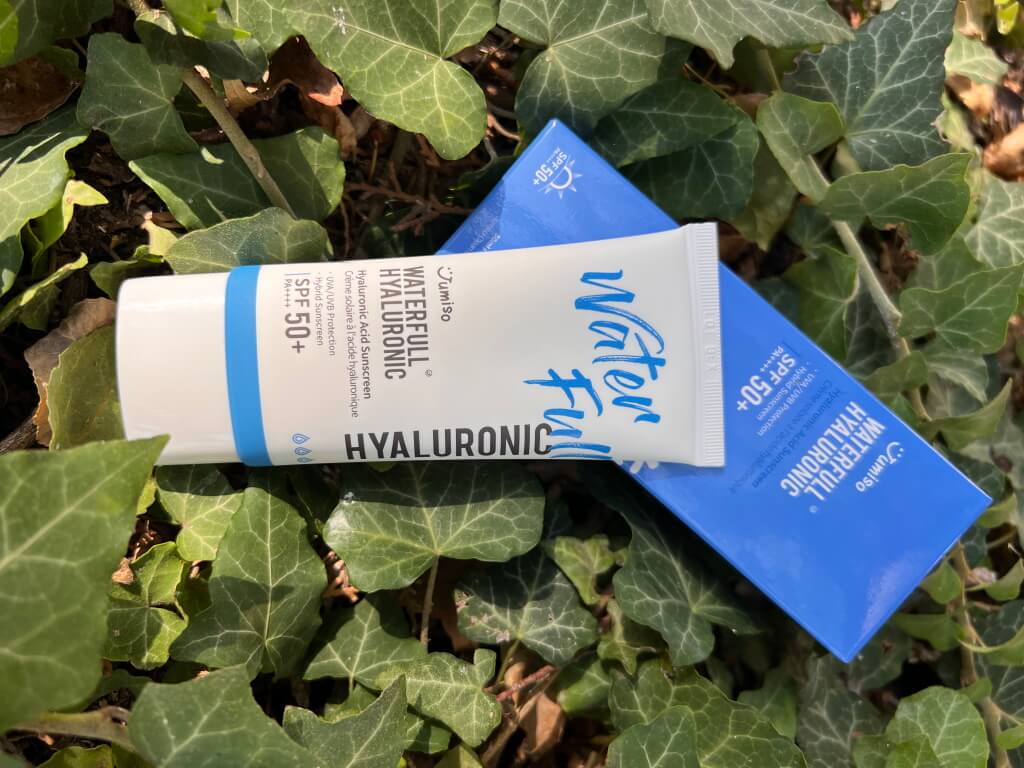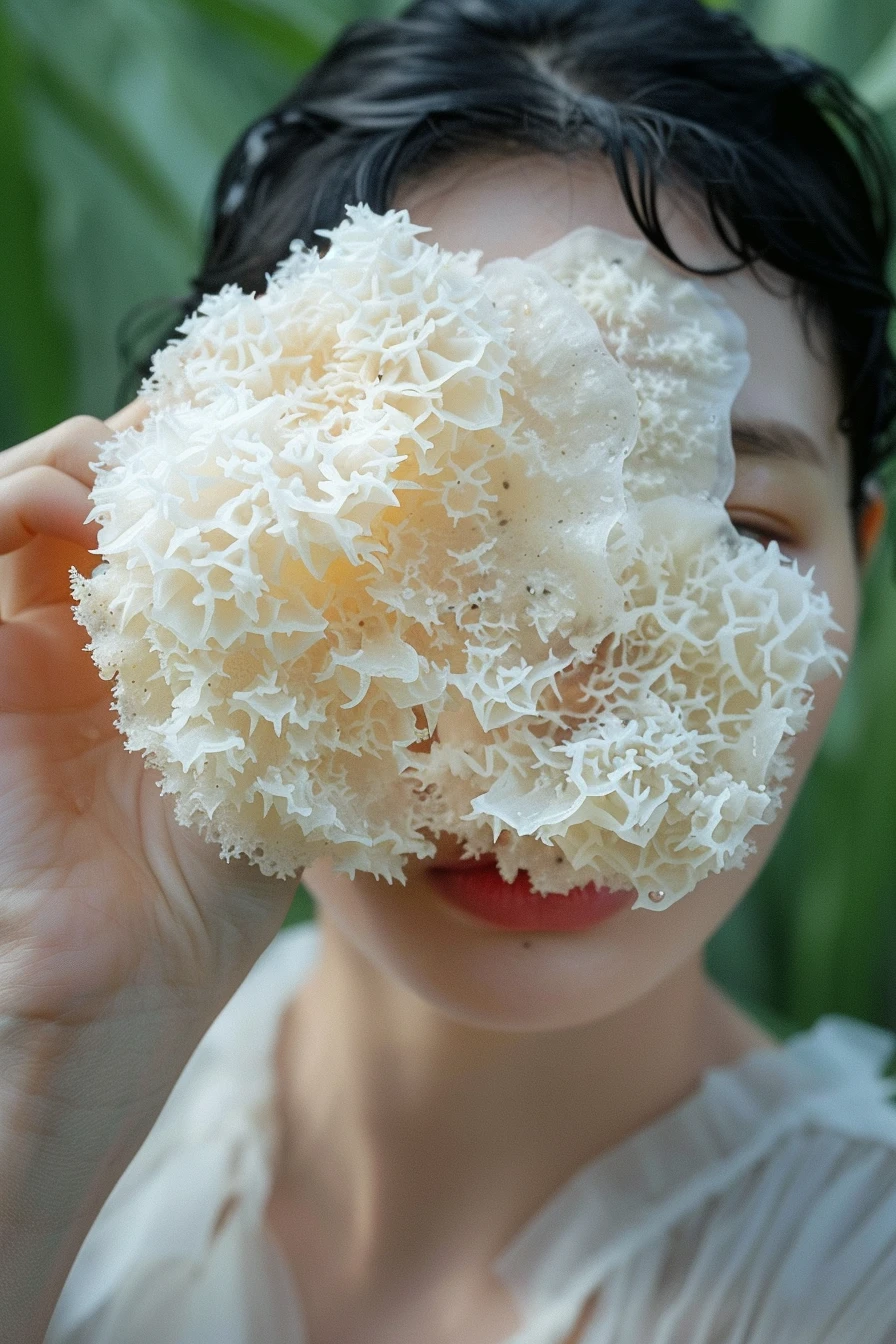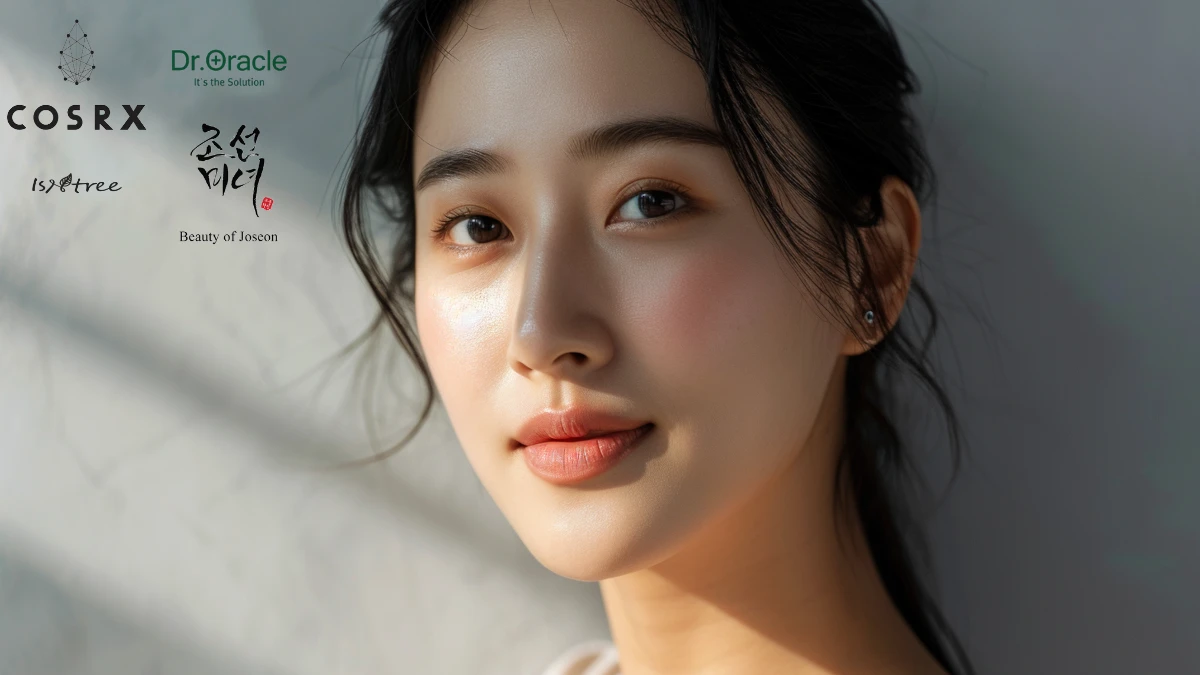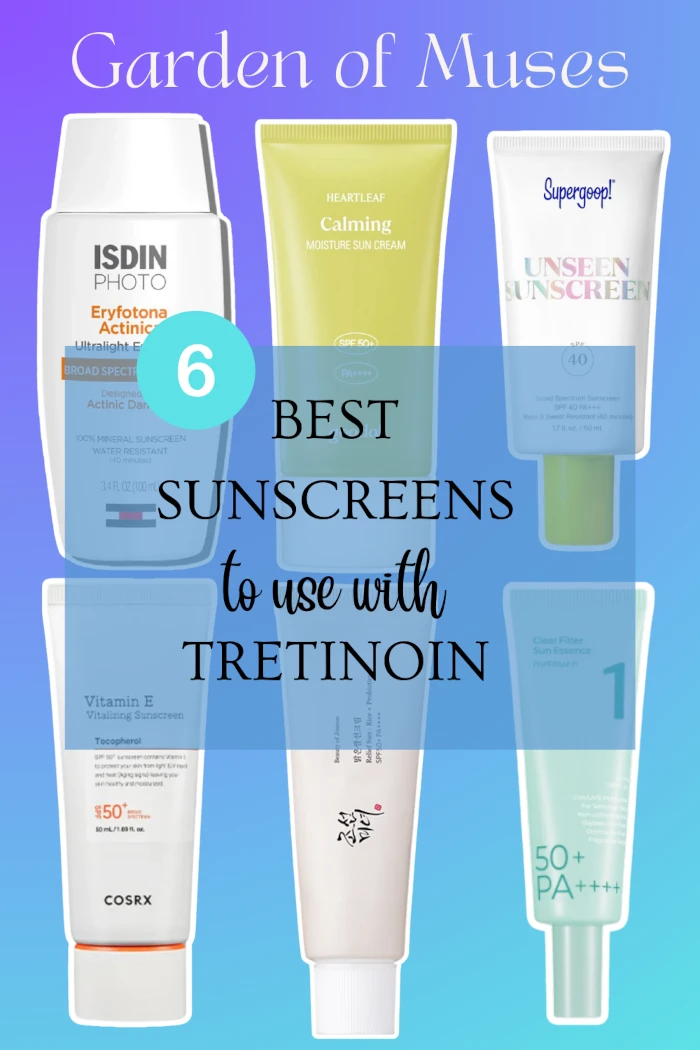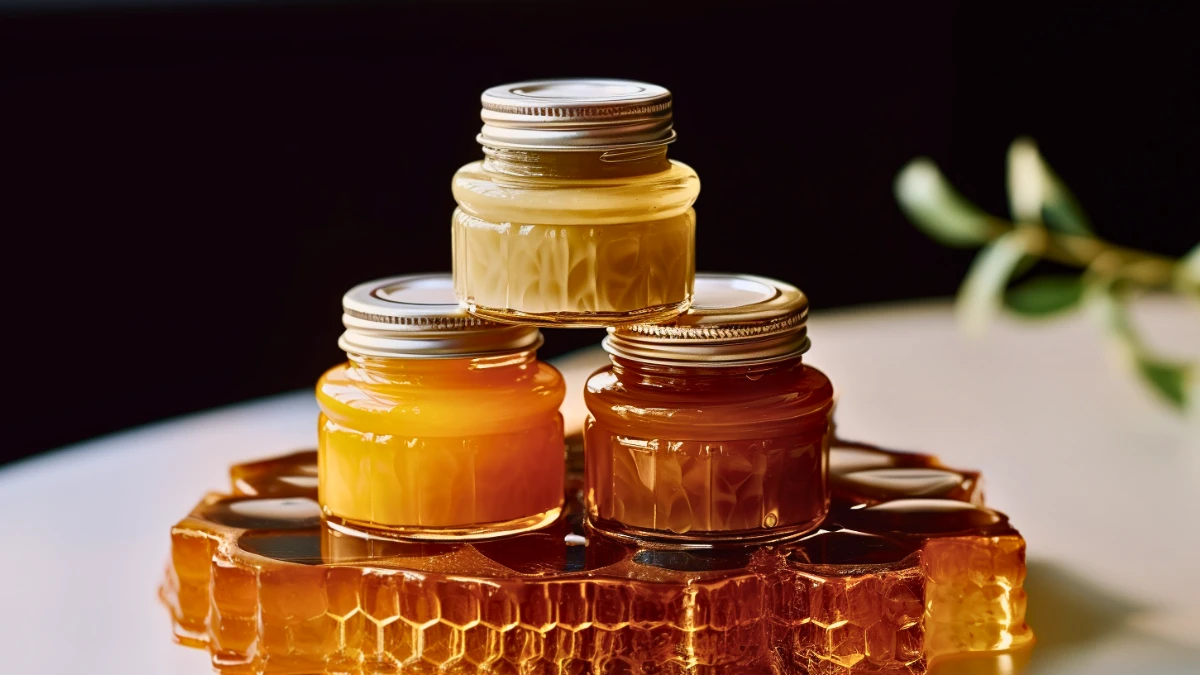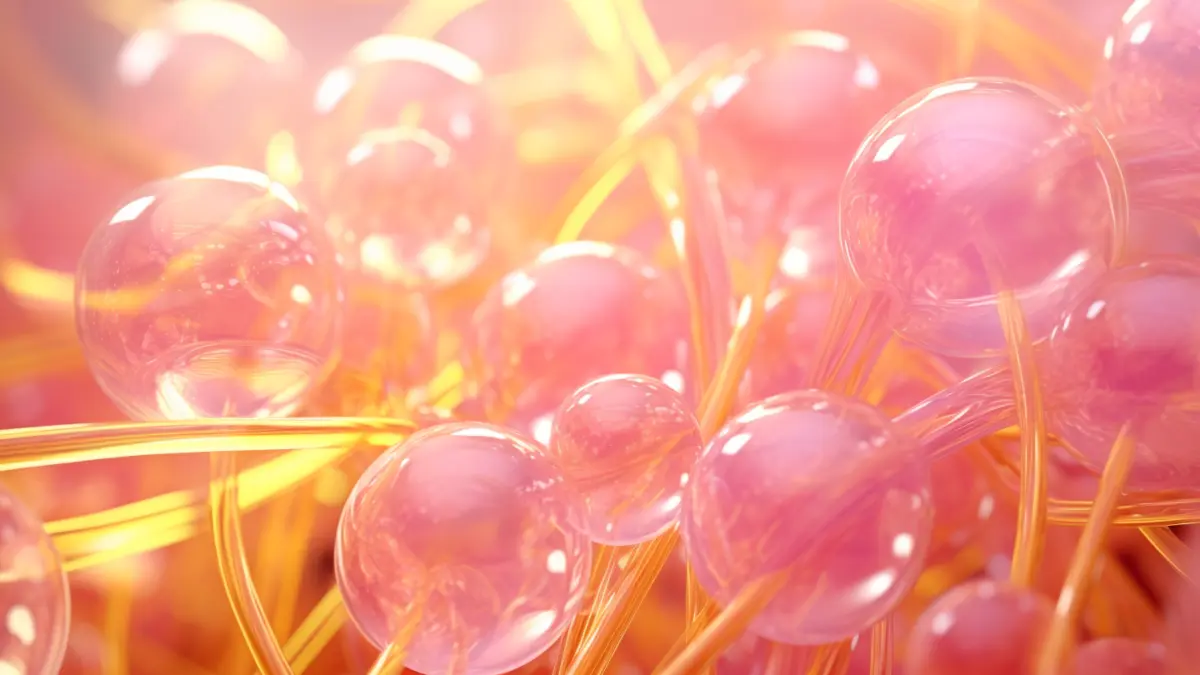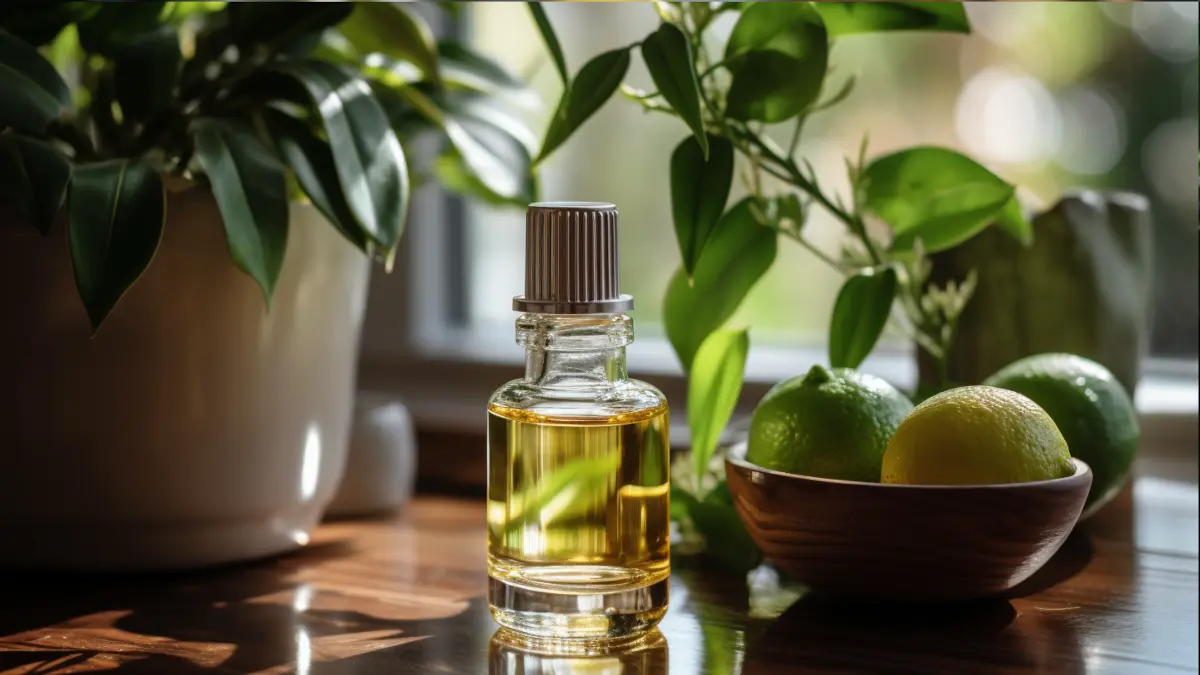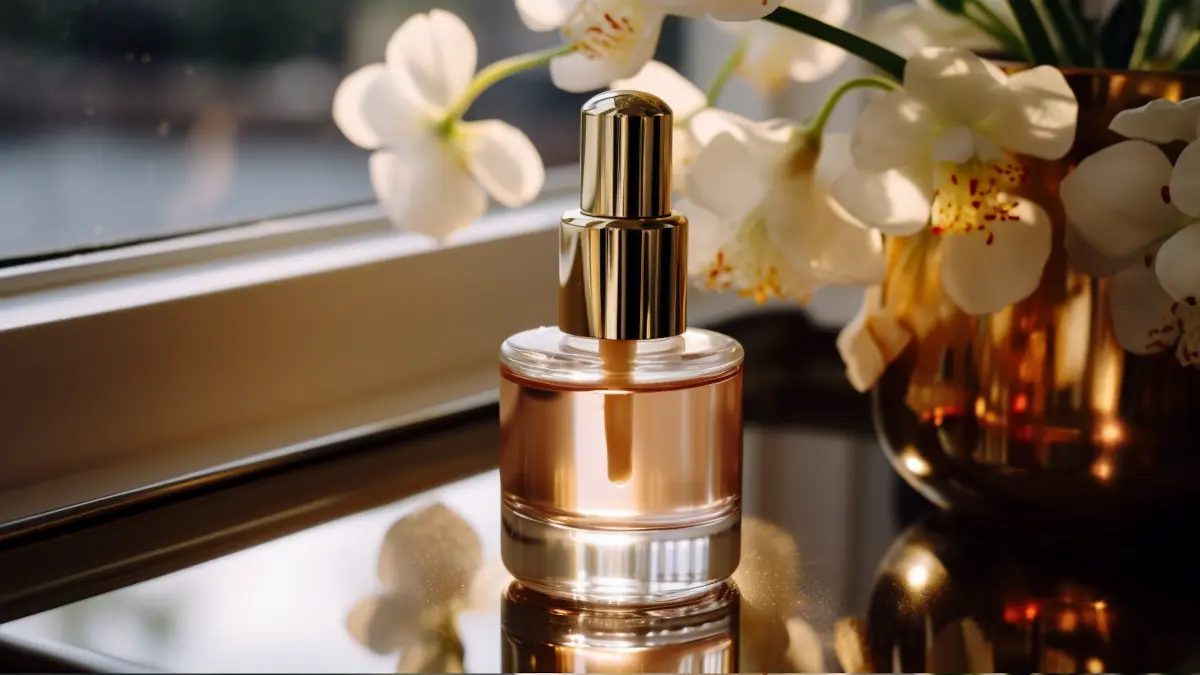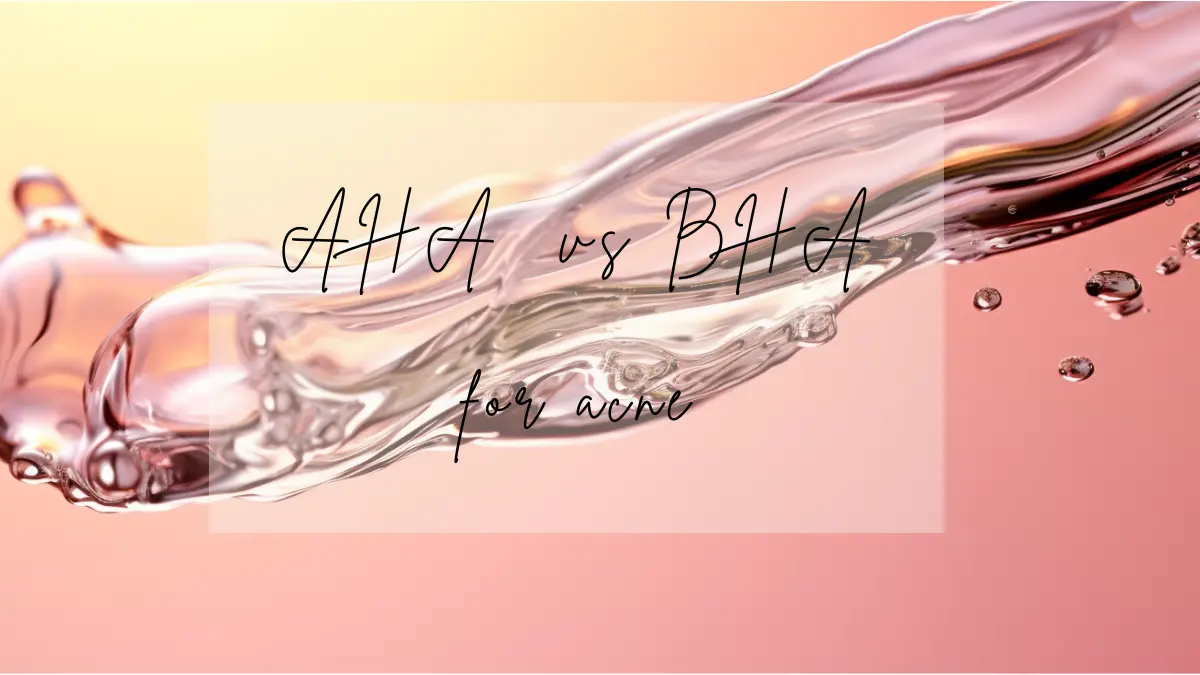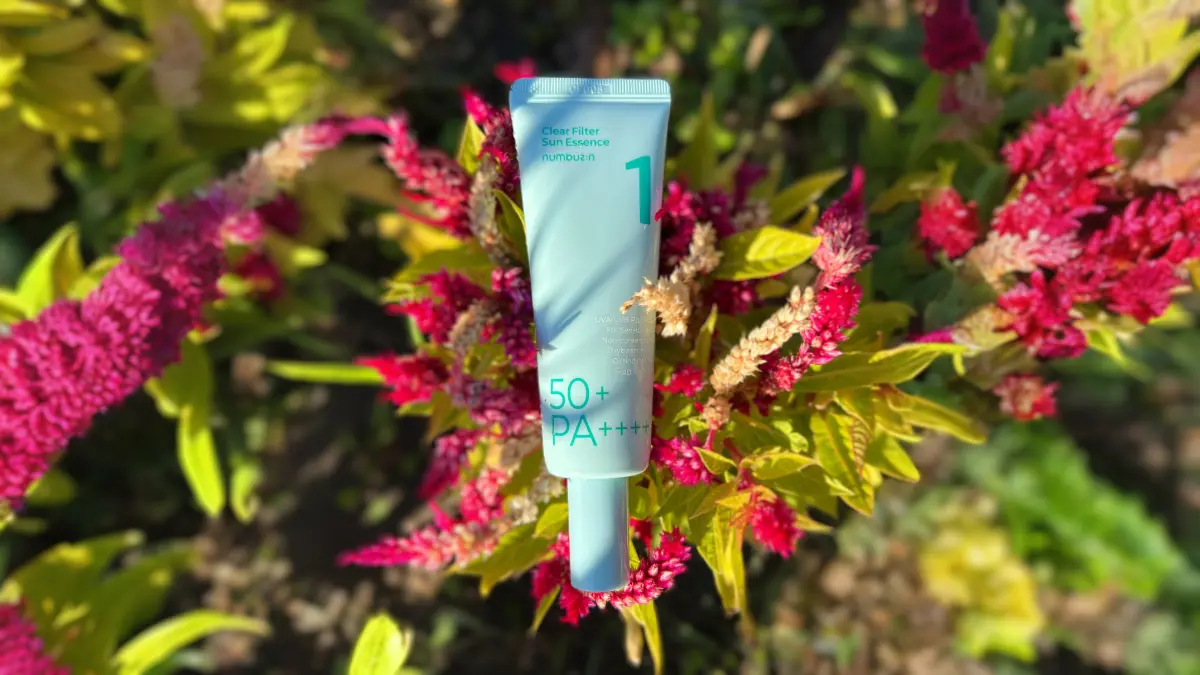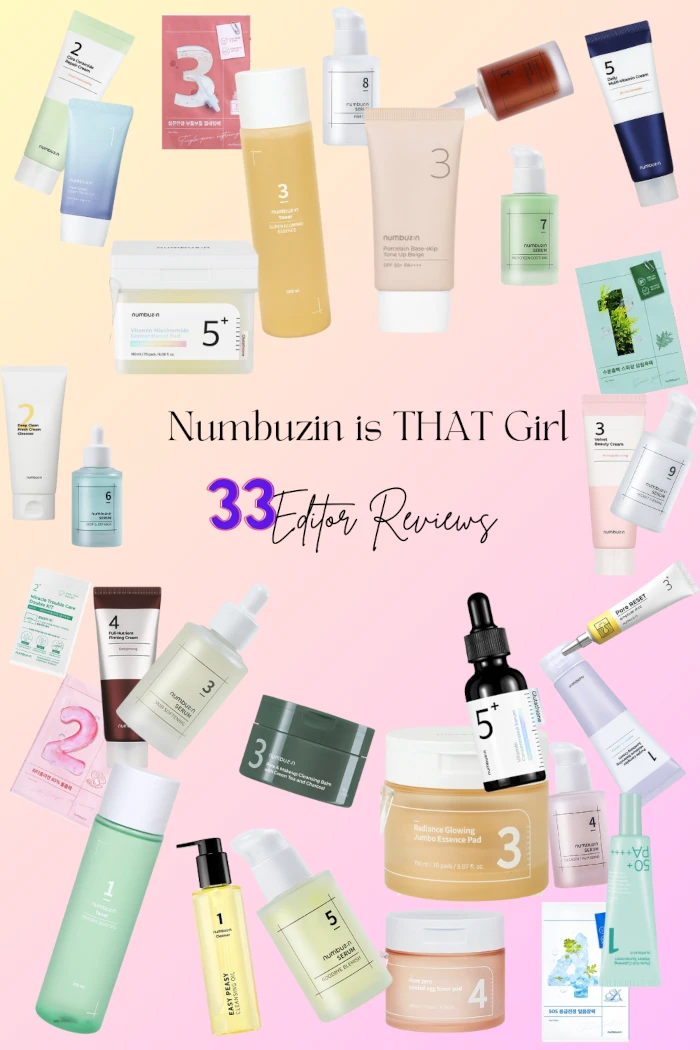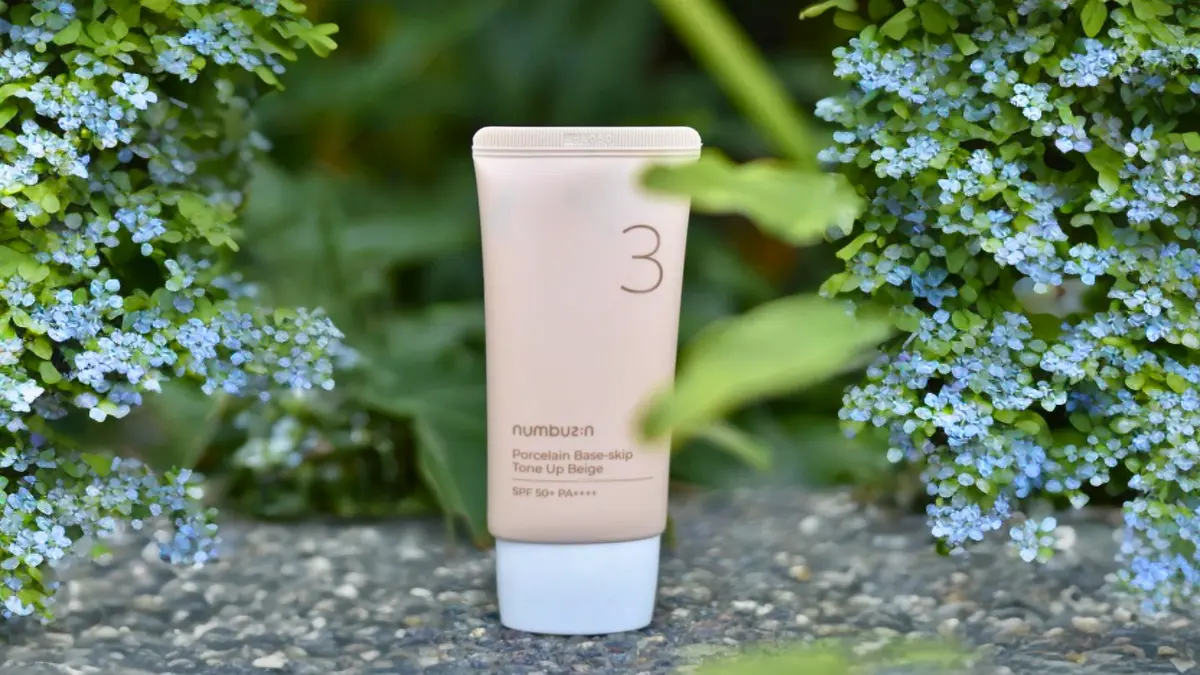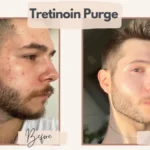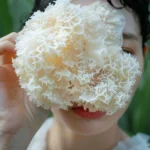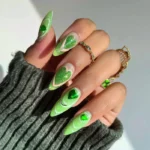I bought the Jumiso Waterfull Hyaluronic Sunscreen when planning for my vacation. Since I am using retinoids, I buy (and like to test) a lot of sunscreens. This was a good choice, although summer vacation in Coachella Valley wasn’t our best decision thus far. We hadn’t even thought of Palm Springs existing in a desert until well after locking in our Airbnb, so we were committed. But how bad could it be? Living in Chicago, we’re used to cooler summers, and while locals swear it’s humid here, this area of Illinois is far drier than the swampy states I’ve lived in.
Imagine entering an outdoor oven with everything immediately drying out: your eyes, skin, and sinuses. You start feeling cold-like symptoms from the level of dryness you’re experiencing. Your clothing feels like it’s melting into you. Sweating is just part of existence—hot asf.
Weather aside, Joshua Tree is mesmerizingly beautiful, and Palm Springs’s mid-century modern vibes are carefree. No wonder gay men go there to sunbathe and die! If I had to choose a winter escape, this would be it.
Jumiso Waterfull Hyaluronic Sunscreen, at a Glance:
Where to Buy the Jumiso Waterfull Hyaluronic Sunscreen?
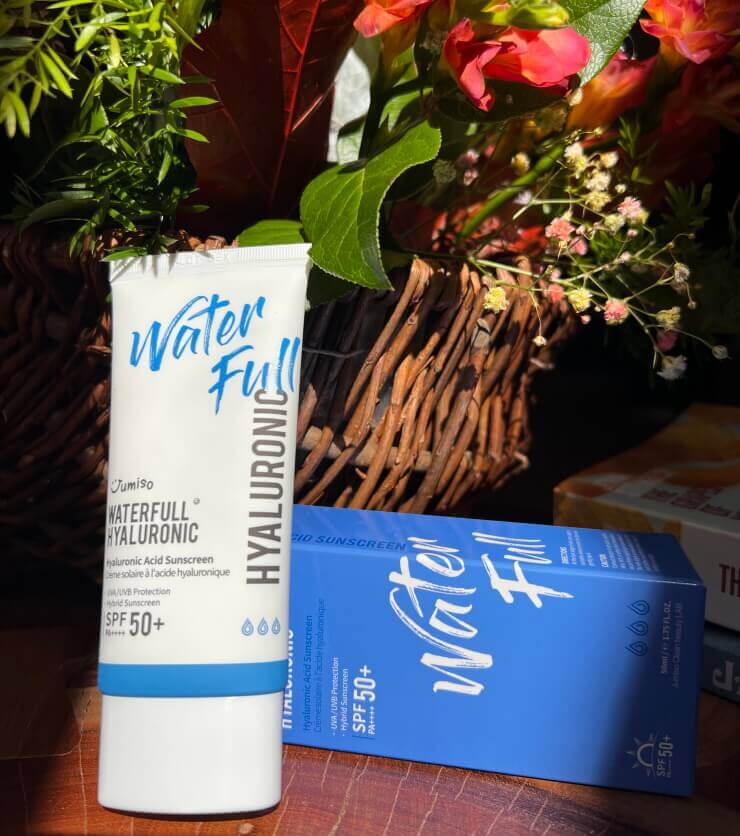
The Jumiso Waterfull Hyaluronic Sunscreen comes in a typical 1.69 fl. oz. / 50ml sunscreen tube and retails for $20-$22. For all you lucky people in the US who can get Prime delivery, you can buy the essence toner from Jumiso’s official store on Amazon*.
You can also shop for Jumiso Waterfull Hyaluronic Sunscreen on trusted Asian international shops, such as YesStyle*, StyleVana*, and StyleKorean*.

Jumiso Brand
The Jumiso Brand
The Jumiso brand was motivated by the Korean words ‘Ju’ and ‘Miso,’ which mean ‘give’ and ‘smile’.
Combining those two, Jumiso started its brand with a mission to make people smile, therefore their brand logo.
In love with Jumiso? Read Adela’s Jumiso Super Soothing Cica and Aloe Essence Toner Review.

What It Is
Jumiso WaterFull Hyaluronic Acid Sun-screen is a hybrid sunscreen that can block both UVA/UVB rays. It provides sun protection of SPF 50+, PA++++, It is a water-based sunscreen for all skin types, and it is absorbed softly and moistly.
Jumiso
Jumiso Waterfull Hyaluronic Sunscreen SPF50+ PA++++ Claims
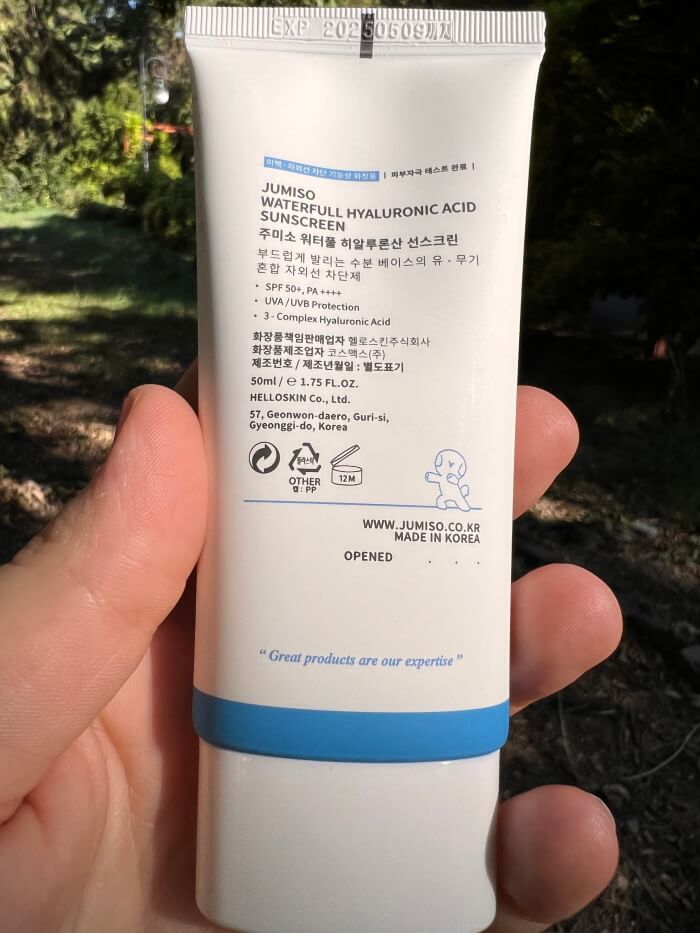
Jumiso WaterFull Hyaluronic Acid Sun-screen is a hybrid sunscreen that can block both UVA/UVB rays. It provides sun protection of SPF 50+, PA++++, It is a water-based sunscreen for all skin types, and it is absorbed softly and moistly.
Who Is This Sunscreen For?
Jumiso Waterfull Hyaluronic Sunscreen is suitable for all skin types. Those with oily skin will love this soft and moist texture.
Jumiso Waterfull Hyaluronic Sunscreen Ingredients
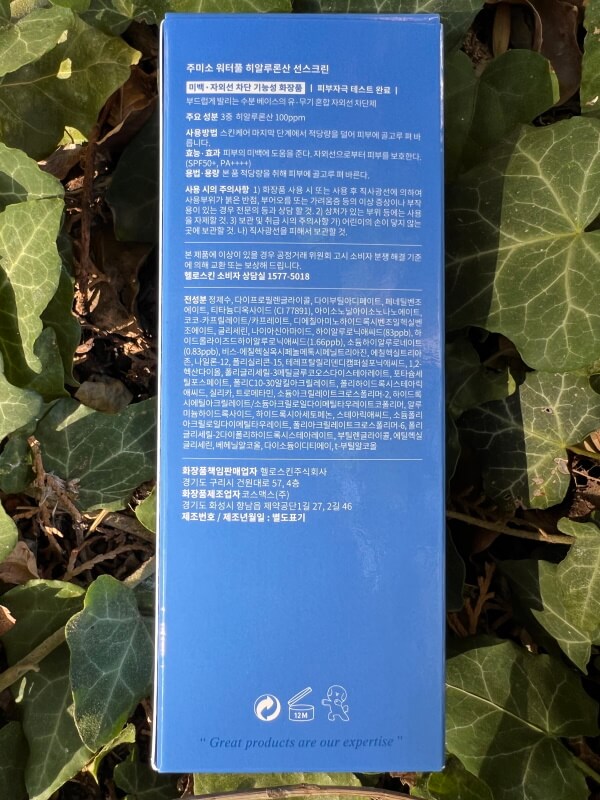
Jumiso Waterfull Hyaluronic Sunscreen Ingredients List (last checked [current_year])
Water, Dipropylene Glycol, Dibutyl Adipate, Phenethyl Benzoate, Titanium Dioxide (CI 77891), Isononyl Isononanoate, Coco-Caprylate/Caprate, Diethylamino Hydroxybenzoyl Hexyl Benzoate, Glycerin, Niacinamide, Bis-Ethylhexyloxyphenol Methoxyphenyl Triazine, Ethylhexyl Triazone, Nylon-12, Polysilicone-15, Terephthalylidene Dicamphor Sulfonic Acid, 1,2-Hexanediol, Polyglyceryl-3, Methylglucose Distearate, Potassium Cetyl Phosphate, Behenyl Alcohol, Poly C10-30 Alkyl Acrylate, Polyhydroxystearic Acid, Silica, Tromethamine, Sodium Acrylates Crosspolymer-2, Hydroxyethyl Acrylate/Sodium Acryloyldimethyl Taurate Copolymer, Aluminum Hydroxide, Hydroxyacetophenone, Stearic Acid, Sodium Polyacryloyldimethyl Taurate, Polyacrylate Crosspolymer-6, Polyglyceryl-2 Dipolyhydroxystearate, Disodium EDTA, T-Butyl Alcohol, Butylene Glycol, Hyaluronic Acid, Ethylhexylglycerin, Hydrolyzed Hyaluronic Acid, Sodium Hyaluronate.
Ingredients referred from the Jumiso official website.
Sunscreen filter Moisturizing/Humectant Active
Key Ingredients
Titanium Dioxide
Titanium dioxide is a popular physical sunscreen filter that blocks UVA and UVB rays and blue light, which can cause premature aging and skin damage. It is a naturally occurring white mineral, chemically inactive and safe for the skin.
However, titanium dioxide does not block long UVA1 rays, which can penetrate deeper into the skin and cause more harm. Therefore, it is recommended to use sunscreen products that combine titanium dioxide with other UV filters, such as zinc oxide or avobenzone, to achieve broad-spectrum protection.
Titanium dioxide is also an opacifier, which means it can make cosmetics thicker and more opaque. This can sometimes leave a white cast on the skin, especially if the titanium dioxide particles are large. To avoid this, some sunscreen products use titanium dioxide in nanoparticle form, which is smaller and more transparent. However, there is some debate about nanoparticles’ safety and environmental impact, so further research is needed to determine their effects.
Uvinul A Plus
Uvinul A Plus (Diethylamino Hydroxybenxoyl Hexyl Benzoate) is a new-generation chemical sunscreen. It is designed for high UVA protection (whole range) and photostability. Uvinul A Plus is not FDA-approved.
Tinosorb S
Tinosorb S (Bis-Ethylhexyloxyphenol Methoxyphenyl Triazine) is a broad spectrum photo stable chemical filter not yet FDA approved.
Uvinul T 150
Uvinul T 150 (Ethylhexyl Triazone) is a new-generation chemical sunscreen with today’s highest photo-stable absorption of all available UVB filters. It is oil-soluble, odorless, colorless, and works well in fragrance-free formulas. It is approved worldwide but not yet FDA-approved.
Parsol SLX
Parsol SLX (Polysilicone-15) is a silicone-based chemical sunscreen that protects from UVB rays. Silicone is not my favorite ingredient. It can trigger acne and cause “pilling” under makeup. It can have benefits for dry skin since it helps prevent water loss. Although it is not yet FDA-approved, it has been approved in many European and Asian countries.
Mexoryl SX
Terephthalylidene Dicamphor Sulfonic Acid (Mexoryl SX) is water soluble and protects and has UVA protection.

Niacinamide
Vitamin B3, also known as nicotinamide, is a favorite ingredient amongst skincare enthusiasts, and for a good reason.
- It acts as an antioxidant, neutralizing the damaging free radicals that cause aging;
- It improves skin hydration and elasticity;
- It fades hyperpigmentation, redness, and sallowness;
- It reduces fine lines and wrinkles;
- Controls sebum production;
- Improves skin texture;
- Reduces acne;
- Regular use strengthens the skin barrier by increasing the production of ceramides and lipids and decreasing transepidermal water loss, making it an ideal moisturizer addition.
Bonus points for including it in this sunscreen!
Niacinamide can quickly become a skincare must for those suffering from skin dryness and dehydration, rosacea, atopic dermatitis, or anyone looking to avoid hydroquinone. Read the Complete Guide on Niacinamide.
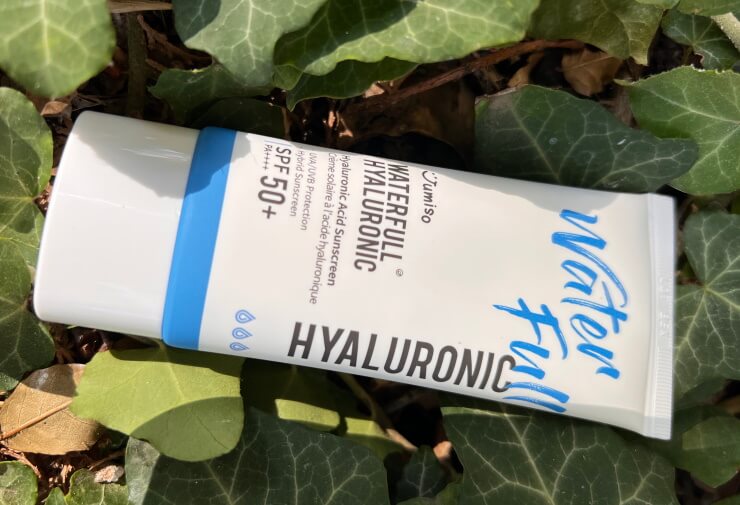
Glycerin
Glycerin is a very effective humectant, used in many moisturizers to increase skin hydration. It occurs naturally in your skin as part of its home-grown moisturizing system, the natural moisturizing factor (NMF).
Like other humectants, it works by sitting in the top layers of your skin and attracting water from the air and the deeper layers, leaving your skin surface plump and hydrated, even when the weather is arid. Glycerin also keeps the skin’s lipids flexible, which means your skin is more supple and able to function appropriately without cracking.
Hyaluronic Acid
This sunscreen contains three types of hyaluronic acid: Hyaluronic Acid, Hydrolyzed Hyaluronic Acid, and Sodium Hyaluronate.
Hyaluronic acid, a skincare buzzword back in the day, was spotlighted for its incredibly hydrating and moisturizing properties. It’s a naturally occurring component of the skin that plays many vital roles in skin health and wellness, including skin hydration.
But it may come as a surprise to learn that, used on its own, it is not an incredibly beneficial ingredient in skincare. Could Hyaluronic Acid be dehydrating?
Dr. Shereene Idriss talks about this popular skincare ingredient and how to include it in your routine so hear her out.
Alcohol
Alcohol can potentially assist product absorption, but this is the one irritant in this product. It can cause skin dryness and damage the skin barrier in high enough doses.
Is it vegan? Yes, it is vegan-certified.
Is it reef safe? Yes, it has the label “protect reef first.”
Packaging
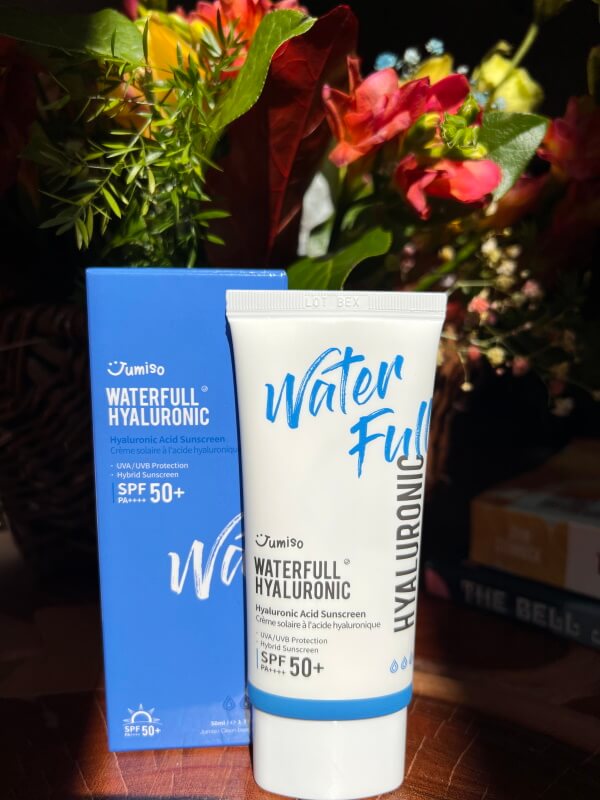
It comes in a 1.69 fl. oz / 50ml pretty tube. It is compact, slim, and easy to carry around.
Scent
I detect no smell at all.
Texture
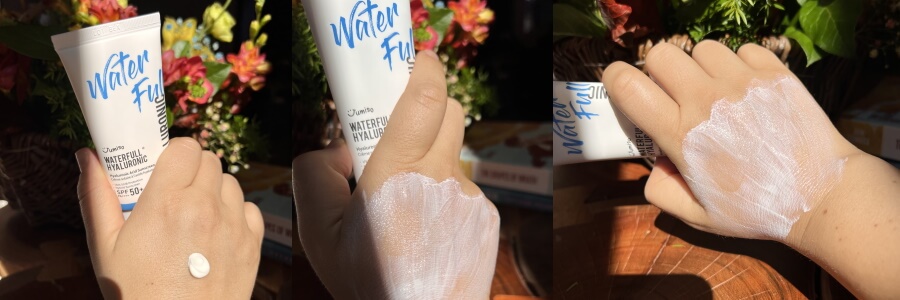
Squeezing the tube gently, a white, watery cream oozes out onto the back of my hand. If I had to describe it, the sunscreen is light-medium texture-wise and is not a pain to spread onto the face (or hand).
White Cast
My experience with Jumiso Waterfull Hyaluronic Sunscreen
I was not paid for this review or received it as a gift. I’ve used it for nearly two months and am ready to share my thoughts.
My skin is dry right now because I have just started using tretinoin. With winter approaching, my skin is getting drier and drier. My skin is also very sensitive to sunlight because of the early retinization stage.
I must admit that I was impressed with this sunscreen for its hydrating and moisturizing properties. It indeed does its job well. My skin feels smooth and hydrated.
Protection-wise, it has successfully kept me from tanning or burning while on vacation. I must admit I was stressing out, regretting I didn’t bring a hat, and reapplying hourly.
Unfortunately, as shown in the video above, the sunscreen has quite a white cast. It is not visible on my face because I am very pale, so I will continue using it. If I’m going out, I need to apply makeup so I don’t look sick. The good news is it wears very well under makeup.
For me, one of the reasons I appreciate it is because it doesn’t sting my eyes.
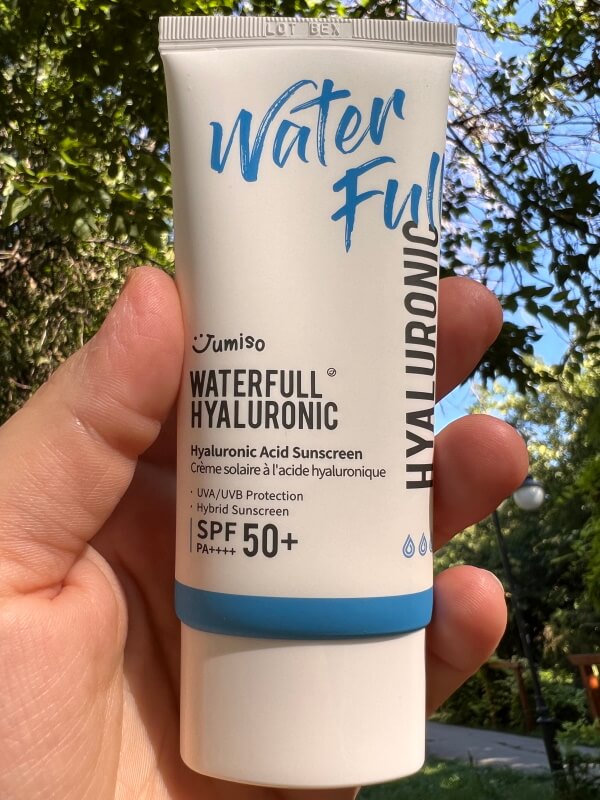
How to Use Jumiso Waterfull Hyaluronic Sunscreen?
- At the end of the skincare routine, take an adequate amount (recommended ¼ tsp, but this is arguable) and spread it all over the face.
- Tap gently for absorption.
- Also, apply it to body parts exposed to the sun, such as the neck, arms, and legs.
- Reapply if exposed to the sun for long hours.
Pros
- provides good protection
- does not sting my eyes
- no scent
- no greasiness
Cons
- slight white cast
Verdict
I have to say I’m not regretting buying it.
Although the Jumiso sunscreen did well, I will not repurchase it because I am still searching for my HG sunscreen.
Rating 4.5/5
Shop for Jumiso Waterfull Hyaluronic Sunscreen
(*affiliate links)
As always, you do you, be kind to your skin and yourself!
Remember that every person’s skin and skin type is different, so what might work for me might not work for you, and vice versa.
So before adding a new product to your skincare routine, it pays to do a little research first. Pay special attention to ingredients that you might react to.
Doing a patch test is always a good idea. Unsure? Best to consult your dermatologist.
Happy skin experimenting, and don’t forget the sunscreen!
Show Me Proof
- Tanno, O., Y. Ota, N. Kitamura, T. Katsube, and S. Inoue. “Nicotinamide increases biosynthesis of ceramides as well as other stratum corneum lipids to improve the epidermal permeability barrier.” British Journal of Dermatology 143, no. 3 (2000): 524-531.
- Snaidr, Victoria A., Diona L. Damian, and Gary M. Halliday. “Nicotinamide for photoprotection and skin cancer chemoprevention: A review of efficacy and safety.” Experimental dermatology 28 (2019): 15-22.
- Gehring, W. “Nicotinic acid/niacinamide and the skin.” Journal of Cosmetic Dermatology 3, no. 2 (2004): 88-93.
- Soma, Yoshinao, Masato Kashima, Akiko Imaizumi, Hideto Takahama, Tamihiro Kawakami, and Masako Mizoguchi. “Moisturizing effects of topical nicotinamide on atopic dry skin.” International journal of dermatology 44, no. 3 (2005): 197-202.
- Draelos, Zoe Diana, Akira Matsubara, and Kenneth Smiles. “The effect of 2% niacinamide on facial sebum production.” Journal of Cosmetic and Laser Therapy 8, no. 2 (2006): 96-101.
- Shahmoradi, Zabiolah, Farib Iraji, Amir Hossein Siadat, and Azamosadat Ghorbaini. “Comparison of topical 5% nicotinamid gel versus 2% clindamycin gel in the treatment of the mild-moderate acne vulgaris: A double-blinded randomized clinical trial.” Journal of Research in Medical Sciences: The Official Journal of Isfahan University of Medical Sciences 18, no. 2 (2013): 115.
- Ungerstedt, J. S., M. Blombäck, and T. Söderström. “Nicotinamide is a potent inhibitor of proinflammatory cytokines.” Clinical & Experimental Immunology 131, no. 1 (2003): 48-52.
- Bissett, D. L., K. Miyamoto, P. Sun, J. Li, and C. A. Berge. “Topical niacinamide reduces yellowing, wrinkling, red blotchiness, and hyperpigmented spots in aging facial skin 1.” International journal of cosmetic science 26, no. 5 (2004): 231-238.
- Chularojanamontri L, Tuchinda P, Kulthanan K, Pongparit K. Moisturizers for Acne: What are their Constituents? J Clin Aesthet Dermatol. 2014 May;7(5):36-44. PMID: 24847408; PMCID: PMC4025519.
- Björklund S, Engblom J, Thuresson K, Sparr E. Glycerol and urea can be used to increase skin permeability in reduced hydration conditions. Eur J Pharm Sci. 2013 Dec 18;50(5):638-45. doi: 10.1016/j.ejps.2013.04.022. Epub 2013 May 3. PMID: 23643739.
- S Kwak, E Brief, D Langlais, N Kitson, M Lafleur, J Thewalt, Ethanol perturbs lipid organization in models of stratum corneum membranes: An investigation combining differential scanning calorimetry, infrared and 2H NMR spectroscopy, Biochimica et Biophysica Acta (BBA) – Biomembranes, Volume 1818, Issue 5, 2012, https://doi.org/10.1016/j.bbamem.2012.02.013
- Strobel, Claudia, Adriano A. Torrano, Rudolf Herrmann, Marcelina Malissek, Christoph Bräuchle, Armin Reller, Lennart Treuel, and Ingrid Hilger. “Effects of the physicochemical properties of titanium dioxide nanoparticles, commonly used as sun protection agents, on microvascular endothelial cells.” Journal of nanoparticle research 16 (2014): 1-16.
- Shamoto, Yuta, Mikio Yagi, Nozomi Oguchi-Fujiyama, Kazuyuki Miyazawa, and Azusa Kikuchi. “Photophysical properties of hexyl diethylaminohydroxybenzoylbenzoate (Uvinul A Plus), a UV-A absorber.” Photochemical & Photobiological Sciences 16 (2017): 1449-1457.
- Chatelain, Eric, and Bernard Gabard. “Photostabilization of Butyl methoxydibenzoylmethane (Avobenzone) and Ethylhexyl methoxycinnamate by Bis‐ethylhexyloxyphenol methoxyphenyl triazine (Tinosorb S), a New UV Broadband Filter¶.” Photochemistry and photobiology 74, no. 3 (2001): 401-406.
- Puri, Neerja, and Ashutosh Talwar. “The efficacy of silicone gel for the treatment of hypertrophic scars and keloids.” Journal of cutaneous and aesthetic surgery 2, no. 2 (2009): 104.
